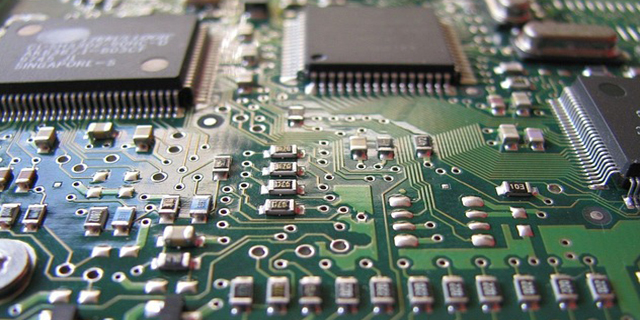
Radio Astronomy Equipment
The Electronics Behind Radio Astronomy
The radio signals that radio astronomers are looking for are so weak that we need sensitive equipment to receive and amplify the tiny signals. The famous astronomer and astrophysicist Carl Sagan said in 1985 that the entire energy detected by all the radio telescopes in the World is less than the energy of a falling snowflake. It is not too difficult mathematically to demonstrate that, at the time this was said, it was probably true.
Professional radio astronomers have been using large dishes to capture radio frequency signals for many years but amateurs can carry out a number of projects that can provide important scientific data without the need for a huge and expensive equipment. There are techniques of carrying out radio astronomy that use both direct and indirect detection methods.
You can do real science using a satellite dish or even a TV aerial with just a few additional electronics. However, there are opportunities for amateurs to use larger dishes for various activities such as studying pulsars remotely. There are links to radio observatories such as Jodrell Bank, ESO and Green Bank in the section on Resources
The basic components of a radio telescope observatory are essentially the same as a conventional radio. An antenna is required to gather the radio waves, a detector filters the signal from the noise, an amplifier increases the signal and a display shows the output.
The image below shows a basic system diagram of a radio telescope

Dish Antennae
Radio telescope dishes operate at far lower frequencies and hence lower energies than conventional radio. A radio telescope dish is parabolic, with a large surface to gather and reflect energy onto a receiver at the focal point. The radio signals are focussed onto a receiving horn which is actually a very simple metal tube with a rod to detect the signal.
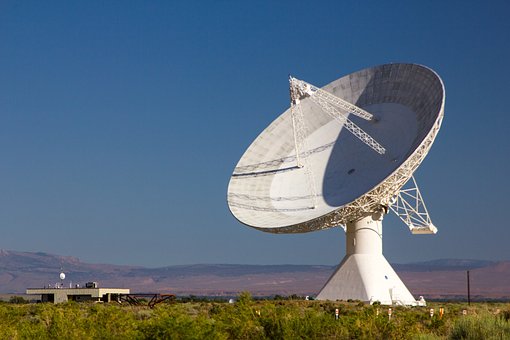
A Low Noise Amplifier is an electronic device positioned very close to the receiving horn. Both the signal and any noise are unfortunately amplified with any amplifier but an LNA is designed with specific components to minimise the noise and increase the signal so it is suitable for processing.
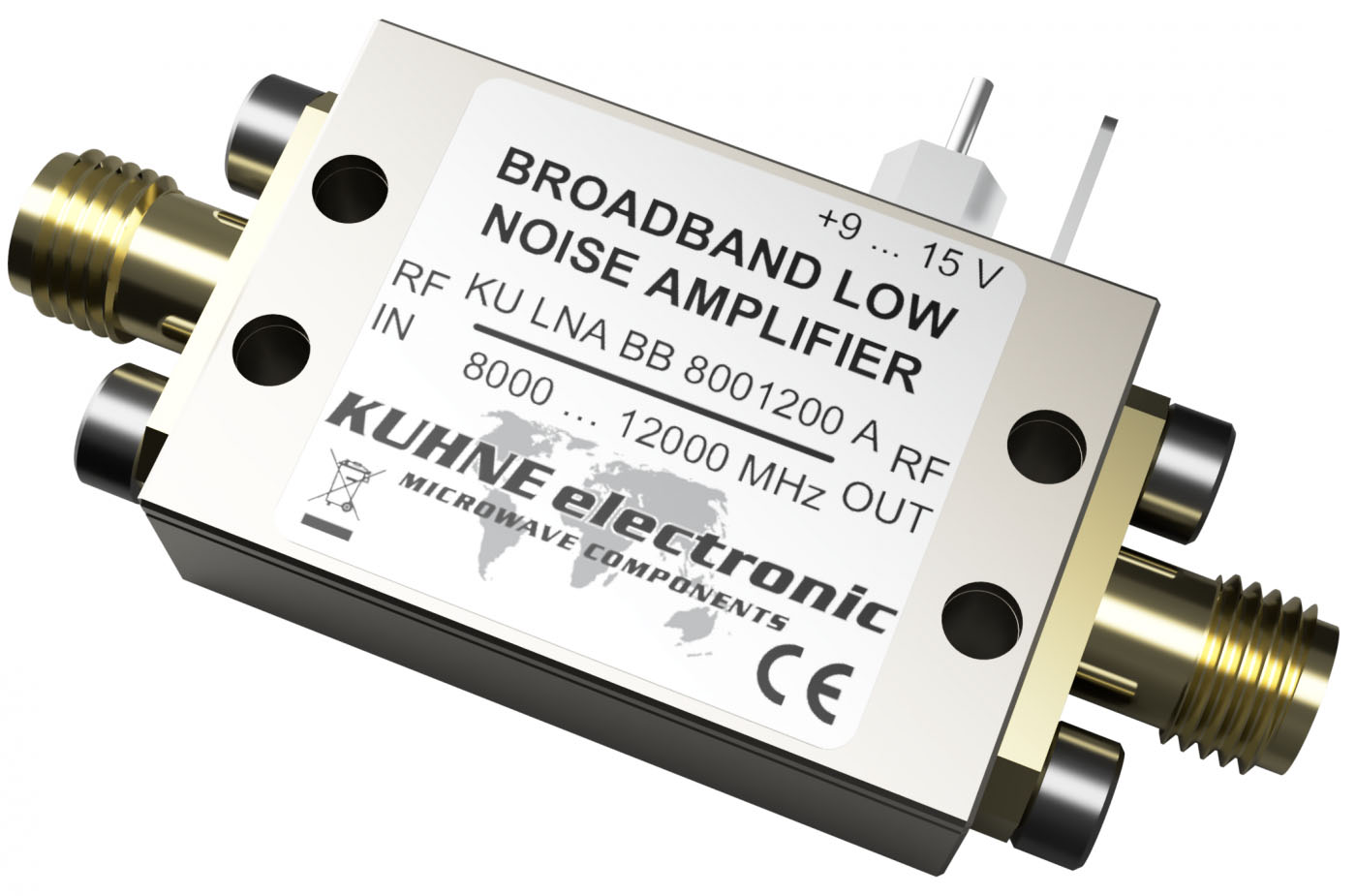
Yagi antenna
Yagi antennae are the aerials that were traditionally used for VHF television and radio. They have uses in radio astronomy too as they can detect terrestrial signals that are used for indirect radio observation techniques. Meteor detection is usually done using a Yagi antenna, as it monitors a terrestrial radio signal bounced of the ionosphere.
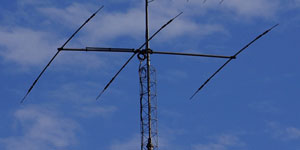
Horn Antennae
This is a very simple antenna that comprises a metal canister of either cylindrical or rectangular cross section, depending upon the application, with a single metal rod inserted at right angles to the canister. One end of the canister is enclosed, and the open end has an increasingly wide opening that fans out and directs the radio signal into the canister. The technical name for the metal canister that guides the wave to the antenna is, unsurprisingly, called a waveguide.

Detection
Electronics are used for filtering out unwanted signals at the detection stage. It is common to mix the signal with a lower frequency oscillation in order to reduce the high frequency signal to one that does not require specialist high frequency electronics. Professional radio telescopes use superconducting components to reduce or elimenate noise.
Amplification
More powerful amplifiers are needed to boost the signal but due to their power consumption they are positioned further away from the antenna so as not to interfere with the signals. Amateurs radio astronomers now have access to inexpensive Software Defined Radios which amplify and digitise signals ready for processing by software. The output of the amplifier is processed by a computer running appropriate software to display the data in a meaningful format, often as a plot of data points overlaying a map of the sky.
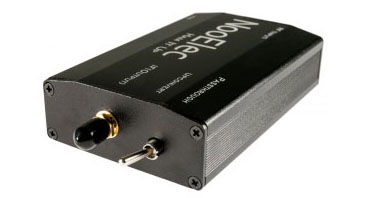
Output
As with a conventional radio, the output may be in the form of an audio signal, for example the Radio Jove project is designed to listen to radio waves from Jupiter. However the majority of radio astronomy projects display the signal strength over a period of time often hours or even days or weeks, because it is changes in the signal that are important.
A system to detect solar flares, for example, uses a very low frequency radio receiver and displays the output as a trace. If there is a solar event this could last hours so a trace can show it's progress.
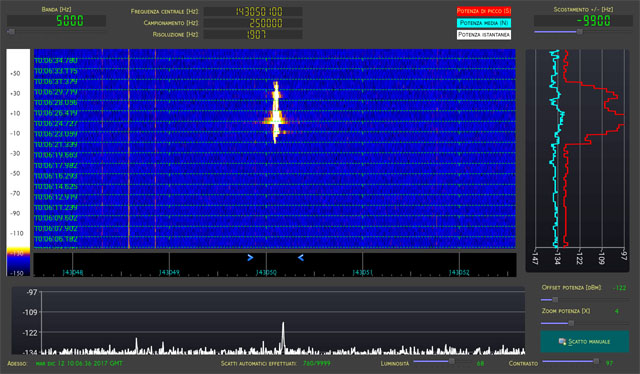
The above describes a typical radio observatory, however in the various sections you will see that amateur radio astronomers also use indirect methods of detection, particularly for solar flare and meteor detection, in which disturbances in the ionosphere are being measured by observing the distortion of a radio signal. Each project in the Project section above describes the equipment in more depth.